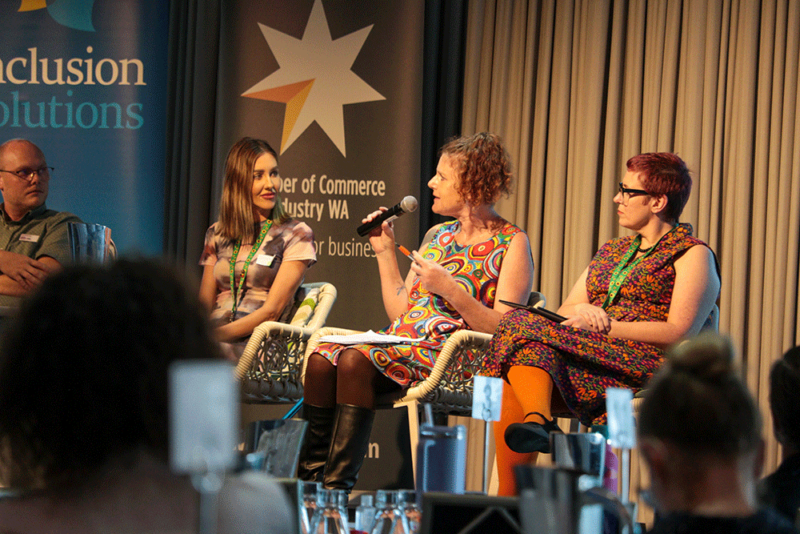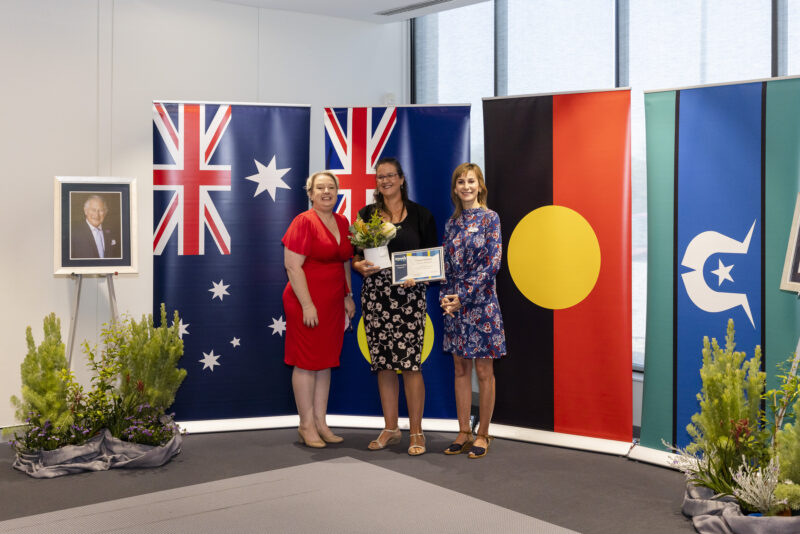Segregated or Integrated: Choosing the Right Path
Why is it important to consider whether a particular program, team or initiative is either a segregated program or an integrated opportunity?
Sport and in turn local clubs, are often used by people as a vehicle for community, connection and belonging. If a program is segregated in the wrong or isn’t correctly integrated into a club environment, it can prevent the participant or club member from obtaining all the good thing that we know come from participating in sport and your local community.
So what is segregation?
Segregation is when activities or opportunities are only made available to a certain cohort of people. This typically occurs based off certain similarities or traits such as disability, cultural background, gender identity or sexuality. Often, these segregated activities get labelled as inclusion or inclusive – which is incorrect. This is because players might wear a different uniform, train in a different location/time and not have access to the same facilities as the rest of the members at the club. All these factors can lead to these players feeling a lack of belonging at their club and can be really harmful if players aren’t given the choice to participate in other teams or programs and are restricted to only segregated environments.
Segregation can lead to positive outcomes if used correctly and has it’s place on the pathway to inclusion as not everybody is ready for full inclusion straight away. For example, the Perth Rams are a predominately LGBTQIA+ rugby union club. Members are largely people who identify with the LGBTQIA+ community and in doing so, create an extremely safe space for people to express their sexuality and gender identity confidently. The important thing is that these players have the choice to join other rugby clubs if they wish, they just prefer the safer elements and community that come with this more segregated opportunity.
Integration is the model that most clubs use
Integration, is when opportunities or teams are differentiated by an attribute (typically age) for the sake of competition. A 7-year-old boy isn’t going to have much fun in the Under 18s competition, so he needs a team that is more appropriate to his skill level, maybe under 8s or 9s. The important aspect to integration is that whatever team that boy wants to join, they all wear the same uniform, they all sing the same club song and they all train and play at the same place.
This segregation vs integration discussion is particularly important when we’re looking at the increase in popularity of all-abilities programs. These opportunities are really beneficial when done right and integration within a club environment should be the aim, where a player from these all-abilities programs can transition into another team if they want to because the uniform is the same, the training time is the same and they don’t have to learn another club song.
Ready to grow your club?
We can equip you with the skills and experience to create an inclusive and welcoming club, now and into the future.
Start your journey



























